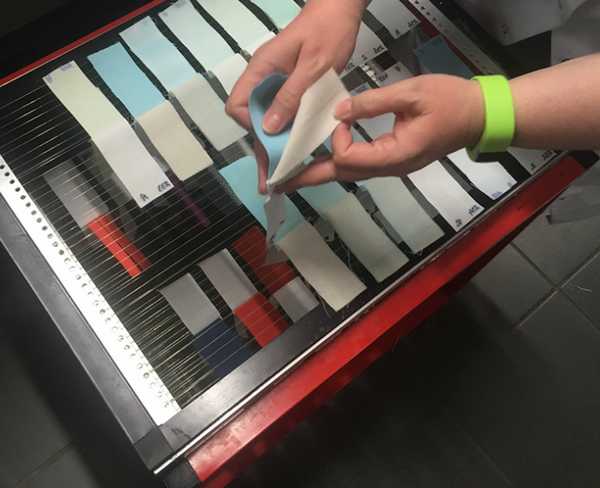Why is perspiration fastness testing important in the textile industry?

In the textile industry, perspiration fastness testing is a very important test. This test determines whether a textile will fade, lose color, or become distorted when exposed to human sweat.

The perspiration fastness tester is very important in the textile industry for the following reasons:
Quality control: Textiles sweat when they come into contact with the human body, especially clothing and bedding. The salts, acids and other chemicals in sweat can have an effect on textiles by causing corrosion, discoloration or distortion. By performing perspiration fastness testing, the degree of tolerance of textiles to perspiration can be evaluated to ensure the quality of the product.
Comfort assessment: The comfort of textiles is critical to the user experience. If clothing has poor moisture absorption or does not effectively remove perspiration, it can lead to discomfort and wetness, and may even cause skin diseases. By performing perspiration fastness testing, the moisture absorption and wicking properties of textiles can be evaluated to ensure that they have good comfort.
Durability assessment: The durability of textiles is essential for longevity. Components in sweat may cause fiber corrosion and damage, making textiles fragile, prone to wear and tear. perspiration fastness tester assesses whether textiles retain their original strength and structural integrity after exposure to sweat, thus predicting their durability.

Health and safety assessment: Some chemicals may leach out of textiles and come into contact with human skin, which may have adverse effects on human health. perspiration fastness testing can assess the permeability and migration of chemicals such as dyes, softeners, and wrinkle inhibitors in textiles to ensure the health and safety of the product.
In summary, perspiration fastness testing is an important quality control and performance assessment tool in the textile industry to ensure good quality, comfort, durability and health safety of textiles in contact with sweat.
2023-05-15 10:28


